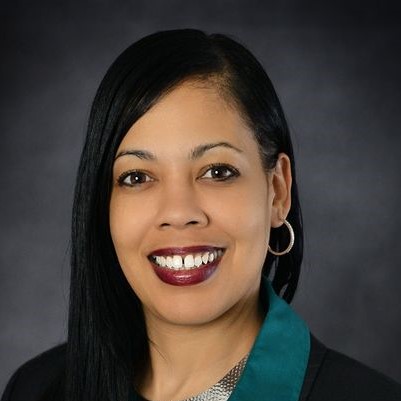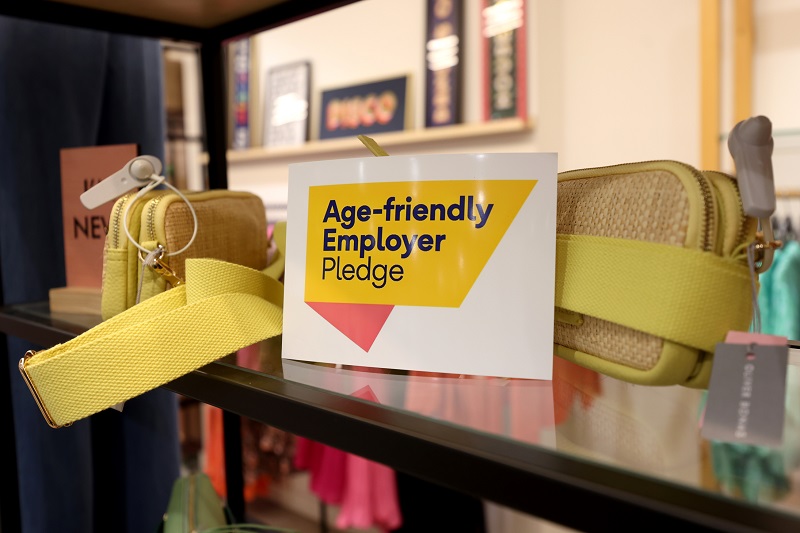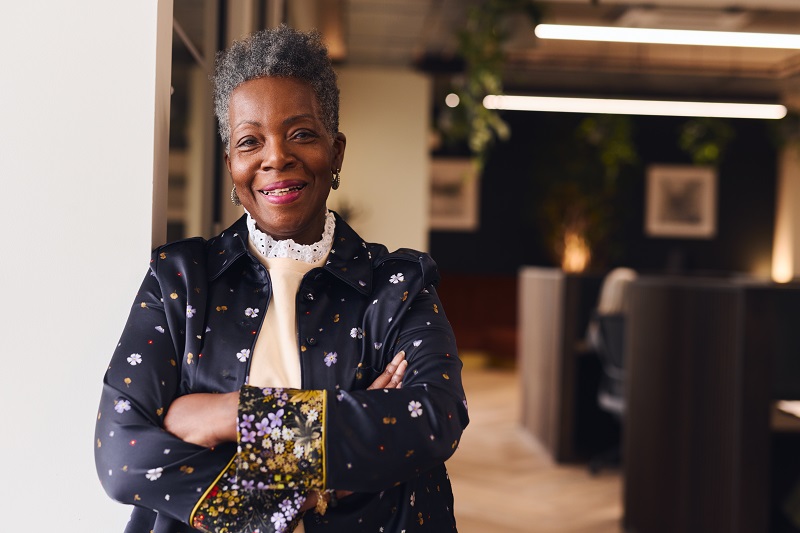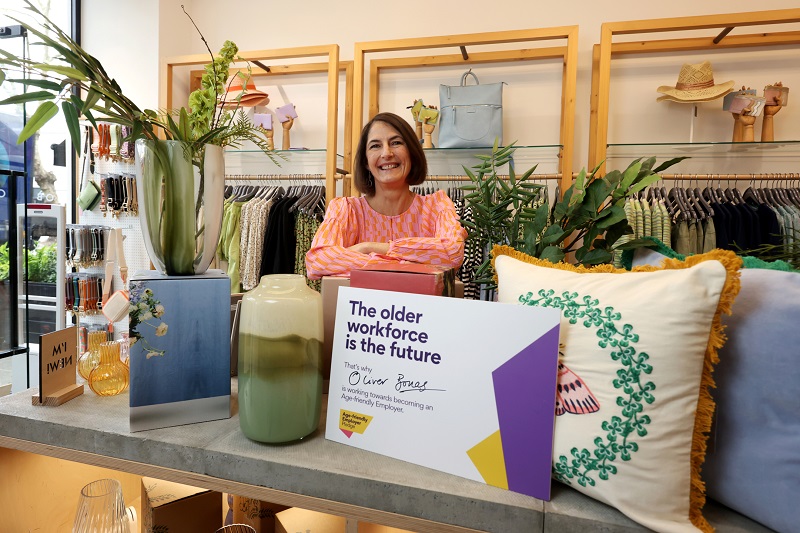Intel has launched their new CSR report, calling for collaboration across major organisations, industries and countries to address the global challenges being faced – whether it be diversity and inclusion or sustainability.
DiversityQ spoke to Dawn Jones, Director of Policy and External Partnerships at Intel about the importance of the report in 2020.
As part of the new CSR report, Intel also launched their new 2030 goals, giving them ten years to reach milestones in diversifying their workforce. Only a minority of big names in the industry have enough representation of women and minorities at the executive level. Intel, however, is doubling the number of women at an executive level.
Which one of the 2030 goals is the priority for you?
They’re all priorities.
When we set out our 2030 goals, it was to help continue the rich history of our corporate social responsibility report. As a corporation, we have a responsibility to our employees, our shareholders, our investors and our staffs to use our resources to drive sustainable change, not only for our businesses but for our communities that we reside in. When we looked at these new 2030 goals, it was very aspirational but necessary.
We’re are continuing on this journey, we don’t know what’s going to happen in the next ten years. However, we prioritise all these goals, from diversity to sustainability, to how we’re impacting the environment, to just using our resources to make a change in the communities that not only we serve, but the broader community.
They’re all important, but I do think that we take pride in setting these bold goals and reaching them, we have a very educated workforce, and they love to solve problems. It’s how we use that workforce and the mindset they have to solve these environmental and people challenges that we all face around the globe.
Do you think you’ll achieve any of them before 2030?
I sure hope so.
In 2015, we had a very bold goal to reach market availability in our workforce by 2020. We put $300 million behind that commitment, and we worked really hard. We did exactly what I’m telling you about the 2030 goals, and we set out with a specific set of metrics. If they didn’t work, we adjusted, and we flexed. We found that it’s not just hiring, you can’t just hire a certain amount of people and hit the goal because you also have to take into account: Are you retaining these employees? Are you progressing these employees? Are these employees staying in the company?
I’m excited to say that those great minds from our employee base stayed with us, so we were able to reach our goal two years ahead of schedule. We reached full market availability at Intel in 2018. So, we are hopeful that we can do that with the 2030 goals because it’s not just about pushing ourselves, it’s also about how we help the industry and society as a whole.
Why do companies need to be transparent about diversity and inclusion?
Transparency is difficult; across the board. Especially if your numbers haven’t changed, or if it’s not good news. For Intel, transparency is key because it holds us accountable, and we’re not always going to have the best data. However, what we do is we always look at opportunities to work towards having the best data.
It’s a journey, you can’t just create a diversity and inclusion programme, and then your issues are resolved. We have a responsibility to drive change in our communities, and that’s why we’ve made the report. We continue to make commitments, and we continue to be transparent to push the envelope. We’re also looking at how companies with all of these resources can come together with shared goals. That way we can accelerate what we’re trying to do, not only within our companies but within the industry.
As we look at the importance of what we’re doing with CSR, what holds us accountable, not only to our employees but to the industry at large, it’s our transparency that drives us. Going out and being vulnerable because it also holds us accountable to achieve those goals.
How do you ensure transparency when you’re such a large company?
The first thing that we do is have the support and buy-in from our leadership. We can’t make 10-year goals and aspirations if we don’t have the leadership support. We have a culture where when we have a problem, we collaborate to try to fix that problem.
We leverage not only the leadership but the employees to go out and be ambassadors for this work, too. We work through our employee resource groups, which are affinity groups such as the US African American resource group and a women’s group, and we leverage these groups to drive and carry forward the diversity and inclusion work that needs to happen across the globe, because we know we can’t do it alone.
We really do tap into the goodness that all our employees bring to the table and assess how we can amplify it through the places that they are sitting in those different meetings in rooms. However, I think you start with the most important component of this, which is leadership.
What has the impact of COVID-19 been on Gen Z joining the workforce?
Gen Z is a huge population and overall workforce, so how do you stay connected with this demographic that is all about connection? How do you ensure that you are bringing out their full potential in spaces where you may not see them for a while? How do you program for baby boomers to millennials to Gen Z to ensure that everyone can bring their full creativity and knowledge and skill sets to the workforce? To deliver and have a sense of belonging.
In the CSR report the number of this demographic that is interested in diversity and inclusion is overwhelming.
COVID-19 has taught us since the beginning that the workplace was a place of inclusion. Every day you could go to a meeting, or you could pass someone in the hall and speak to them. However, COVID-19 brought out the ability for people to get on a call and communicate virtually. COVID-19 has prepared us living in a virtual environment and what it means to support this workforce in a virtual environment. Gen Z thrives in a virtual environment, so they are in a great position to help establish the new norm.
Why do you think Gen Z put such an importance on diversity and inclusion?
This generation has such enormous access to information, so they have the opportunity to educate themselves. They have been able to review history at their fingertips and see the result of racism and bias and where it has brought our world to today. They have access to history, and they have tapped into it. Our research shows that they have experienced bias as a result of gender, personal experience, ethnicity or sexuality orientation. I think for the Gen Z generation, it’s incredibly important to show up to work and be themselves.
When we talk about diversity and inclusion, I think it resonates with this generation because they have become more exposed to it, and are ready to be heard and bring their talents and thoughts to the table.
I’m hoping the workforce is ready for this group of talent because they are ready to make change wherever they go.

Dawn Jones is the Director of Policy and External Partnerships at Intel Corporation









